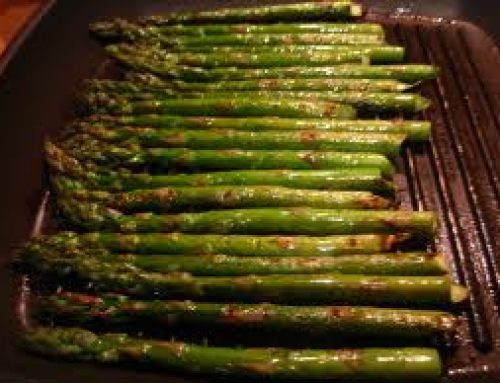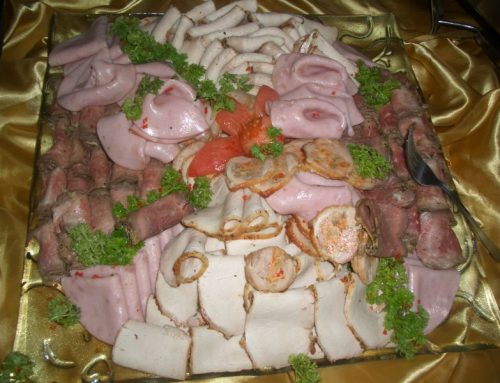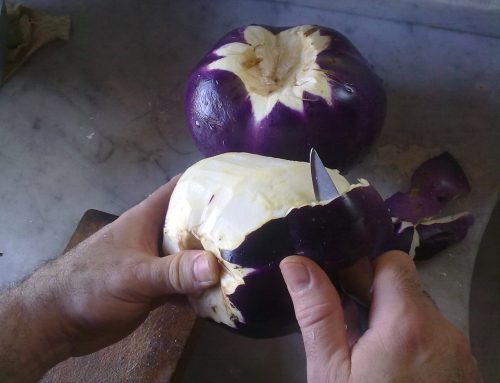The lima bean is also known as the butter bean. They have a buttery and starchy texture, and are used to complement many meals.
They originated in Lima in Peru, and are often cooked and added to soups, salads, casseroles, and bean dishes.
So if we can eat them, can guinea pigs eat lima beans, and if so how much can they have?
Lets take a look at its nutritional data and in particular its sugar, phosphorus, fat, oxelate acid and calcium content, as these are particularly pertinent to guinea pigs.
A good amount of vitamin c would also be beneficial for piggies.
Energyt482 kJ (115 kcal)
Carbohydratest20.88 g
– Sugarst2.9 g
– Dietary fibert7 g
Fatt0.38 g
Proteint7.8 g
Thiamine (vit. B1)t0.161 mg (14%)
Riboflavin (vit. B2)t0.055 mg (5%)
Niacin (vit. B3)t0.421 mg (3%)
Pantothenic acid (B5)t0.422 mg (8%)
Vitamin B6t0.161 mg (12%)
Folate (vit. B9)t83 μg (21%)
Vitamin Et0.18 mg (1%)
Vitamin Kt2 μg (2%)
Calciumt17 mg (2%)
Iront2.39 mg (18%)
Magnesiumt43 mg (12%)
Manganeset0.516 mg (25%)
Phosphorust111 mg (16%)
Potassiumt508 mg (11%)
Sodiumt2 mg (0%)
Zinct0.95 mg (10%)
Fluoridet2.2 µg
(source: Wikipedia)
As far as our key ingredients are concerned, you can see Lima beans do contain quite a lot of Phosphourus, a hint of calcium, and some sugar.
They also contain no vitamin c at all which is a big let down.
Guinea pigs can eat Lima Beans, but they are not great for guinea pigs and give them no nutritional benefit whatsoever.
Because of their phosphorus content, they shouldn’t really be fed to guinea pigs often. At most, once a week.
But because of their lack of vitamin c, there are much better vegetables available to guinea pigs to eat.





